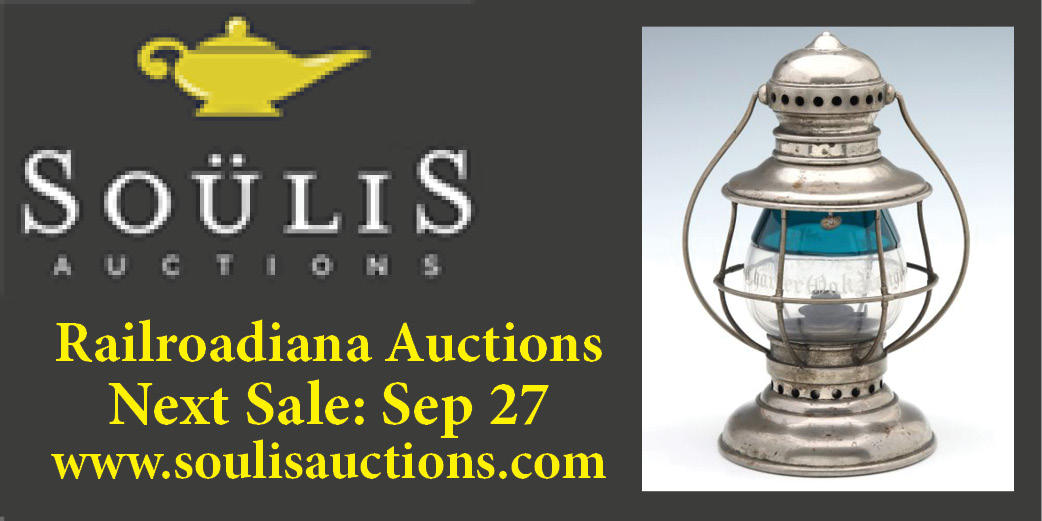


Railroadiana Prices & Values By David Hamilton How much is this worth? This question is a common one, whether the person asking it is a collector wondering how much to pay at an auction, someone planning to sell a late relative's collection, or an antique dealer trying to put a reasonable price tag on something. With the "Antiques Roadshow" encouraging everyone to hunt for valuable artifacts in their attics, and Ebay allowing anyone with a computer to become an amateur auctioneer, the antiques market has changed considerably in recent years. Unfortunately, there are still no simple answers to questions regarding the value of railroad memorabilia. As with all antiques and collectibles, the value of a specific item depends on a number of factors, including, condition, scarcity, and popularity. For example, railroad switch key prices can range from $5 to over $500. Asking the general question "how much are railroad keys worth?" is no different from asking how much baseball cards are worth. A new card depicting a little known player from last season may only bring a few cents, while a slightly worn Mickey Mantle rookie card may be worth thousands of dollars. On the surface, they both look more or less the same, but a baseball fan can easily recognize the difference. Without some basic knowledge of railroadiana, it is almost impossible to determine or to even compare prices. Railroadiana prices are based on the same principles of supply and demand that influence the general antique market. The trick is determine exactly where on the supply/demand curve a particular item lies. On the supply side, older artifacts are generally scarcer than newer ones, with a fair amount of the more commonly found examples of railroad memorabilia dating from the 1950 to 1980 period, when collecting became more popular. Certain items were by nature produced in smaller quantities than others. For example, timetables distributed to the public were printed in larger quantities, while those issued to employees were produced in smaller numbers. And, the size and longevity of a particular railroad company often dictates how much memorabilia from the line survived. Visit any flea market in the northeast, and a collector is bound to find several New York Central Railroad lanterns or timetables from some period in the huge line's long history. On the demand side, the popularity of certain types of railroadiana and memorabilia from specific railroads often fluctuates over time. Current events such as mergers or the abandonment of lines can spark the interest of collectors in a certain company. An individual's connection to a "hometown" railroad may make an item more appealing, and the desire to complete a set or grouping of similar types of memorabilia may affect the willingness of a person to pay a certain price. Artifacts from significant events or periods in history, such as Civil War railroads, the Transcontinental Railroad, early Pullman Palace cars, and the days of Robber Barons generally attract more interest. Finally, some types of railroadiana are just more popular than others (for example, a conductor's hat seems to capture the spirit of railroading better than a rail anchor does). Determining what collectors are interested in is simply a matter of gaining experience over time. All else being equal, the condition of an item plays an important role in the price that a collector is willing to pay. A piece of dining car china may be worth several hundred dollars in good condition, while an identical one with a large crack may only bring a few dollars. With lanterns, the replacement of a globe or missing parts may run over $100, and the price of an incomplete lantern would reflect this fact. Damage caused by an amateur restoration job can also drastically reduce the value of most types of railroadiana. Finally, there are many reproductions and fakes on the market, and collectors avoid items of questionable authenticity. Demand is also heavily influenced by the general state of the economy. Needless to say, determining the value of railroadiana is not as simple as looking up an item in a price guide (although guide books such as those published by Railroad Memories are an excellent place to start). A collector must develop a basic knowledge of the various railroad companies, uses for different tools and artifacts, and the scarcity of certain types of memorabilia. This knowledge can only be gained through experience, by visiting railroad museums, attending railroadiana shows, and following auction results. Links to some of these resources are included in our Resources & Links page. Auction results are also available for free download in our KL&L News digital newsletter, in our KL&L Publications page. However, the most important and valuable resource is the knowledge of fellow collectors. The members of Key, Lock & Lantern are enthusiastic about sharing their knowledge, through articles in the KL&L magazine, displays at the KL&L convention, and correspondence with other railroad enthusiasts. The best way to learn about railroadiana is to become actively involved with a group such as Key, Lock & Lantern. Often, the answer to the question of "what is this worth?" is simply a matter of finding a price that is acceptable to both the buyer and the seller. Most collectors acquire railroadiana as a tangible connection to railroad history, and not as an investment. By collecting railroad memorabilia, we are preserving a small piece of history, which is in itself priceless. (Please note that Key, Lock & Lantern does not perform appraisals, or make recommendations regarding the purchase or sale of specific items. The organization does not buy or sell railroad memorabilia, or endorse any dealer, web site, or auction service.) |
The Following Links Are Paid Advertisements
|
Design Copyright 2006 Key, Lock & Lantern Incorporated
All Copyrights Apply |
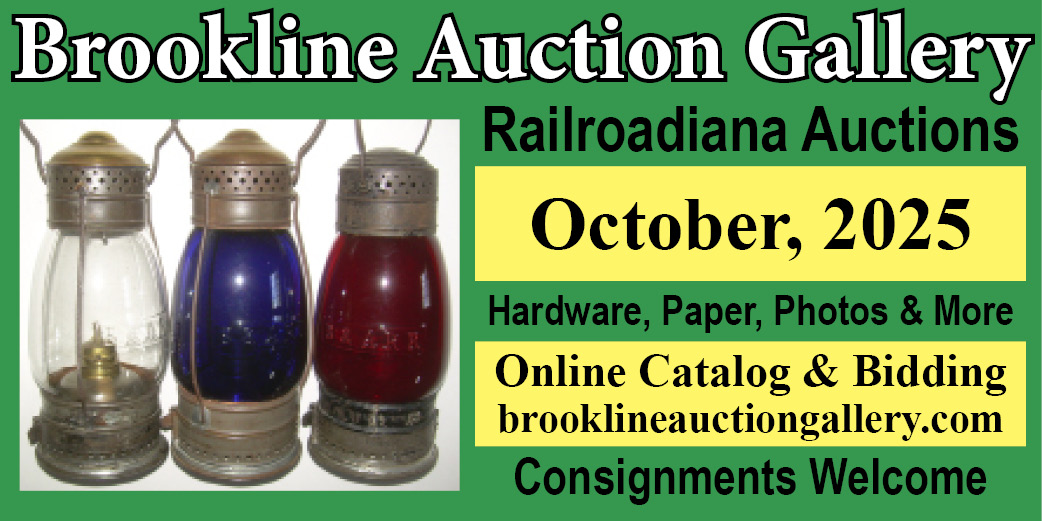 |
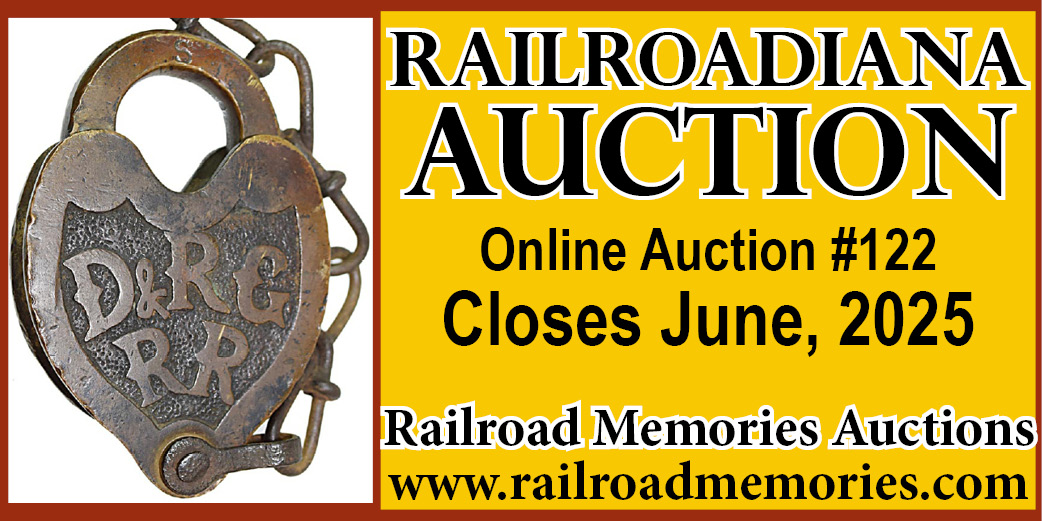 |
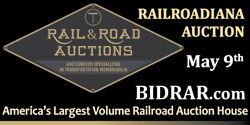 |
 |
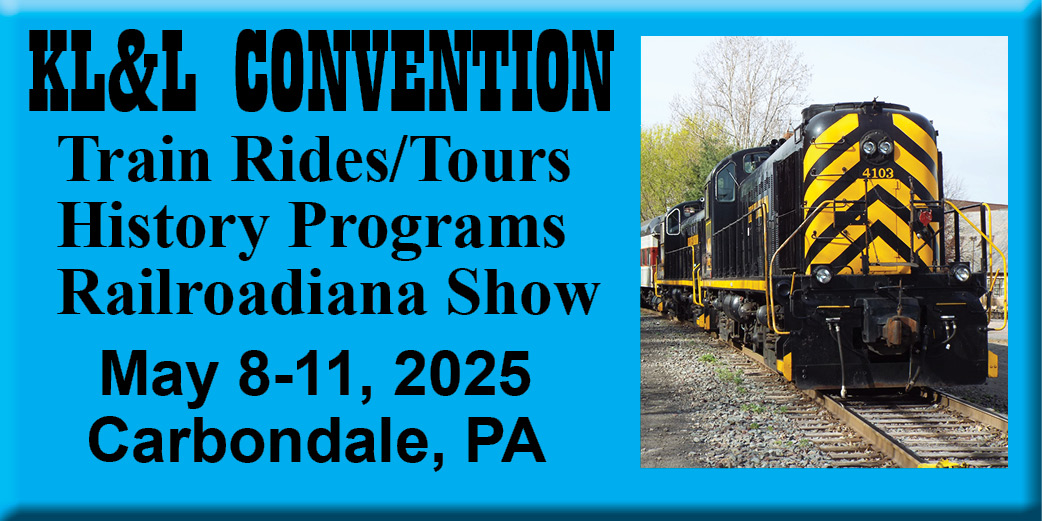 |
 |
 |
 |
 |
 |
 |
 |
 |
 |
 |
 |
 |
 |
 |
 |
 |
 |
 |
 |




